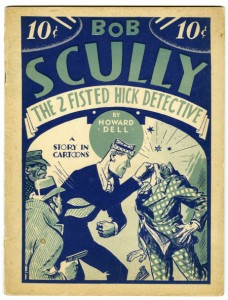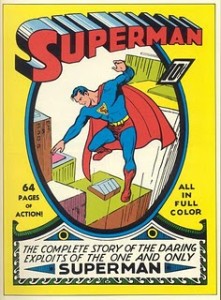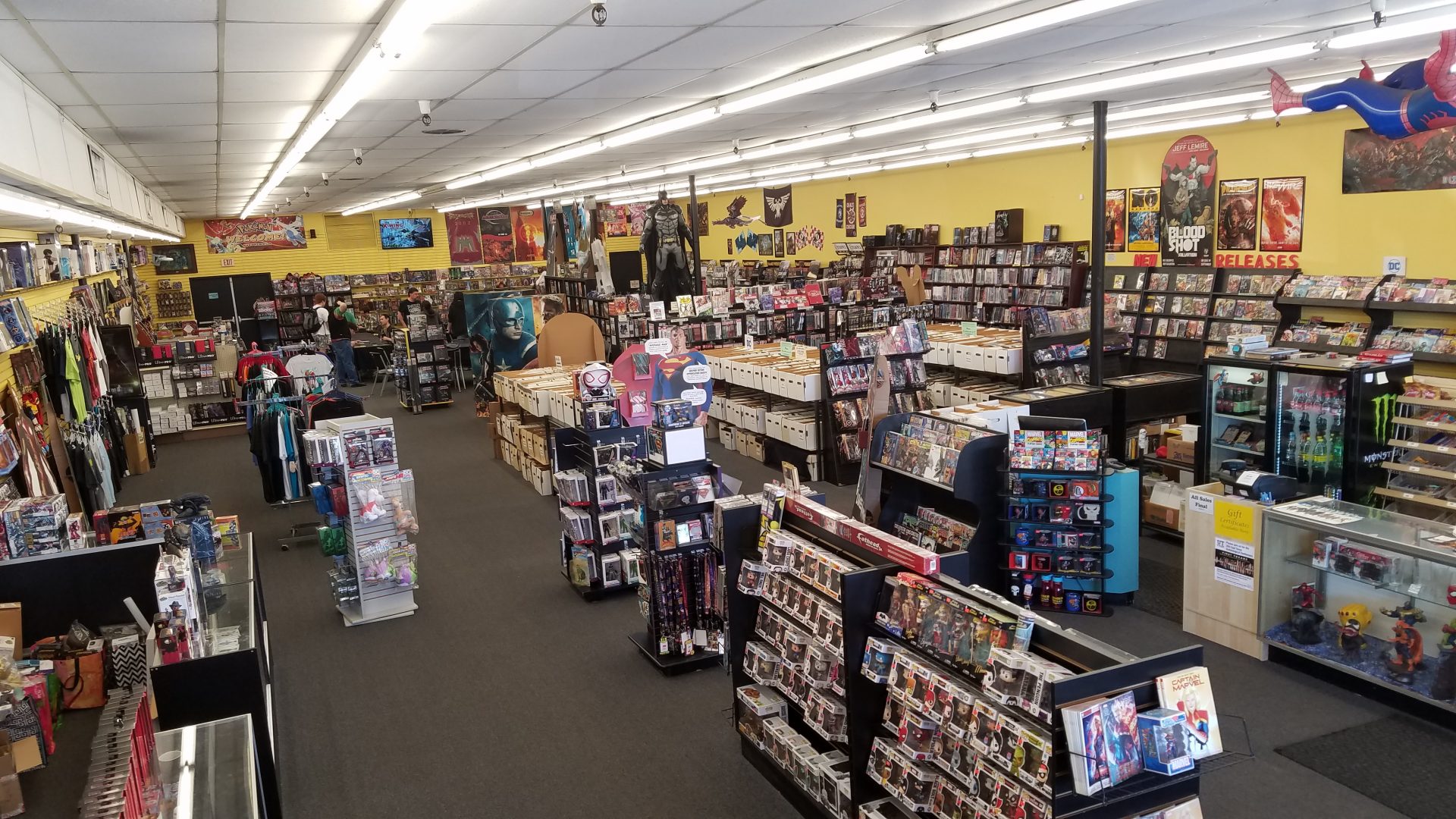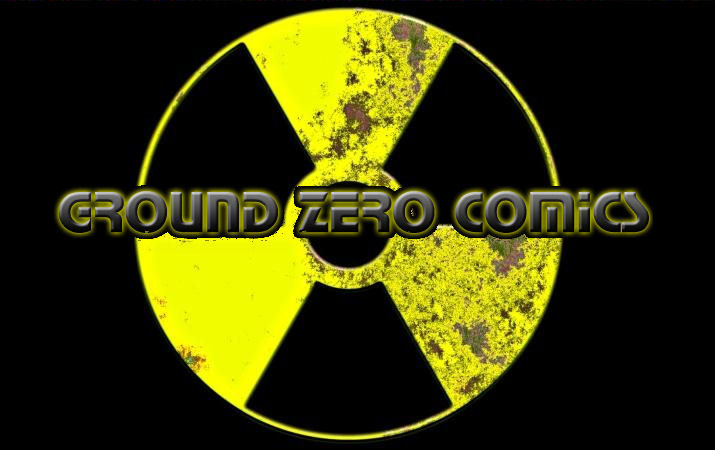HOW TO SELL YOUR COMICS:
On an average day at Ground Zero, we answer between eight and a dozen calls from people wanting to sell comics. In this weak economy, a large number of people are convinced they can grab some quick cash by selling that stack of comics they had forgotten was in the attic. Most are disappointed that they will not be able to “cash in” that near mint coy of Venom: Lethal Protector #1 (With shiny red foil cover!).
 Yes, we do occasionally buy collections of comics. However, we are not able to buy the overwhelming bulk of what is offered to us. The reason for this is simple: we already have a huge stock of comics. We pride ourselves on a large back issue selection and while we certainly don’t have every comic made over the last twenty five years, there just aren’t that many we need.
Yes, we do occasionally buy collections of comics. However, we are not able to buy the overwhelming bulk of what is offered to us. The reason for this is simple: we already have a huge stock of comics. We pride ourselves on a large back issue selection and while we certainly don’t have every comic made over the last twenty five years, there just aren’t that many we need.
Unfortunately, twenty years seems fairly old to most people bringing comics in to sell. Perhaps it is a person who collected comics when he was twelve, now that person is in his thirties and surely those comics that he forgot about in the attic are now valuable collectors items. Well, no, not really. Those comics would be from the early to mid-nineties, a time when people were buying comics in huge quantities, convinced they would be a sound investment. Virtually all of those comics were put in protective bags (many of them never even read) and filed away to be sold at a profit later. In most cases, there are more of them out there than there are people who want them. Comic values are like any other collectible, in that supply and demand drives the price. If the supply is larger than the demand, the price remains low.
While some comic shops were in existence in the seventies, it was in the early 1980s that the abundance of local neighborhood comic shops appeared across the nation. This is important because with these shops came the widespread availability of protective bags and storage boxes as well as a place to buy and sell older comics. the result of this is that most comics published after 1980 are readily available in “like new” condition. Most good comic shops have plenty of these books, but if the books are in good condition and you’re willing to accept a low “bulk price”, they can still occasionally be sold.
What has to be realized, though, is that comics of this type aren’t intrinsically any more valuable than other kinds of media – be it paperback books, VHS Tapes, magazines, etc. – too many people, unfortunately, set themselves up for disappointment by believing otherwise.
What about older comics?
I tend to refer to the 1970s as the “buffer zone” for comics. Comics published in that decade are not as plentiful as books published after 1980. Comic shops are much more likely to buy books from this era, however there is still a pretty large supply of these books out there so most of them have not risen in value as much as a lot of people might expect. There are exceptions, of course, such as Incredible Hulk 181 and Werewolf By Night 32, books that feature first appearances of long running characters. But for every one exceptionally valuable book from that era, there are dozens, or even hundreds that are still comparatively inexpensive. This isn’t necessarily a bad thing, because right now people are more likely to buy reasonably priced comics, and there are a lot of those to be found in the seventies.

Comics from the sixties, the fifties and the forties are much more desirable. Even within those years, however, there are a lot of variances as to just how much you can expect to get for them. First is the content of the books. As a general rule, super hero books sell better than humor books. This isn’t an all-inclusive rule, of course, but collectors tend to favor Spider-Man and Batman over Archie. The law of supply and demand kicks in here – in that there has to be people who want to collect the particular title you have. This usually means that books about characters you recognize (i.e. Superman, Batman) are much more favorable than comics about characters that you have never heard of. That copy of Bob Scully, Two-Fisted Hick Detective (real title, folks) may be nice and old, but if no one remembers or cares about the character, chances are it would just sit unsold on any comic store’s shelf.
The next important variable is condition. People often bring me tattered and well worn copies of old books and then are surprised (if not insulted) that I am not willing to pay a high price for them. When you are talking about old comics, poor condition copies are not usually all that rare. What is rare is to find a copy of a Batman book from the 1950s that looks crisp and new just like it came off the stands. So when you hear of the high prices for old comics, those are almost always for books that are in exceptional condition. Poorer condition books still occasionally sell, just at a considerably lower price.
Whatever you have to sell, in today’s climate, it is a good idea to know what you want for the books before you come into my shop or any other to try and sell them. Buying comics is more of an art than a science. It would be nice if I could simply evaluate each comic, grade it and assign a price, and then offer a set percentage of that price, but collectibles seldom work that way. The average collection brought to us has a mixture of books, some of which we have, some we do not, some may be titles that are popular and might sell, some might be books that no one has ever heard of, and consequently are less likely to move. In most of these cases, I am less likely to make an offer than to simply ask what the seller wants for the books. If their asking price is such that I look at the collection and feel I can make that price back within the next six months or so, then we have a deal.
Of course, a lot of people refuse to do this. they are afraid they will ask a price that is too low and perhaps get “ripp ed off” by the shop. In actuality, ripping off the seller is the last thing most reputable shops would want to do. Their reputation is very important to them and no collection of comics, no matter how cheaply acquired, is worth the bad public relations of a disgruntled person who feels they got a “bad price”. Most shops are caught walking a fine line between buying comics at a high enough price to make people happy and selling them at low enough price to keep their customers happy (and their doors open).
ed off” by the shop. In actuality, ripping off the seller is the last thing most reputable shops would want to do. Their reputation is very important to them and no collection of comics, no matter how cheaply acquired, is worth the bad public relations of a disgruntled person who feels they got a “bad price”. Most shops are caught walking a fine line between buying comics at a high enough price to make people happy and selling them at low enough price to keep their customers happy (and their doors open).
Now, that being said, most shops cannot offer a high price for books unless they are truly exceptional. Why? Partially because from the average collection, some of the books will sell, but many others will sit in the back issue bins for months or years or perhaps they will never sell. That ratio has to be figured into the ultimate value of any collection. Second, right now people are more interested in collecting comics that are affordably priced. Much as I would like to have a few millionaire collectors, most of my customers are on the same budget as the rest of us. I am much more likely to sell comics if I price them at a bargain. So, as I said, it winds up being more of an art than an exact science.
All that considered – what are your best options? If you have comics from the 1990s, I usually recommend putting them in a garage sale for 25-50 cents or putting them back in that attic for another decade or two. We very seldom buy these. If you have older comics, you need to do two things: 1.) Bring them into the store and 2.) tell me what you want for them. If you do these two things, I will always look through your books. It may not take me long (and seldom does, whether they are good or bad), but I will take the time to go through them and see if I can buy them at the price you have set.


